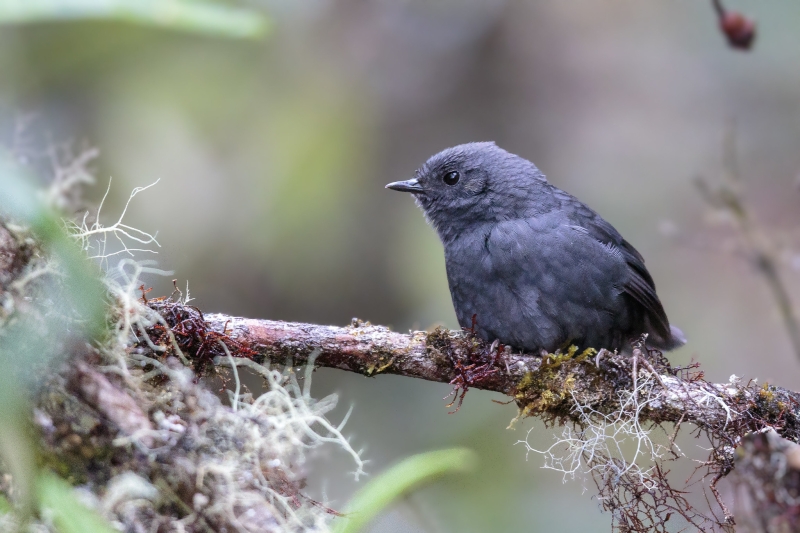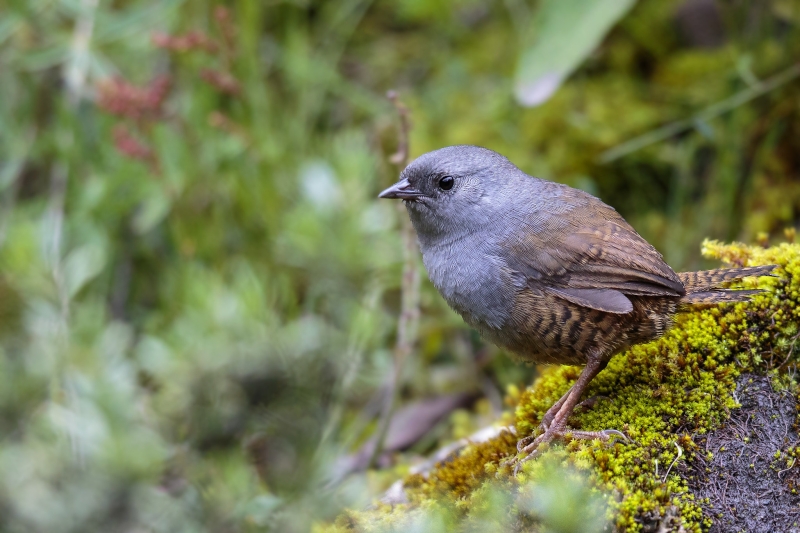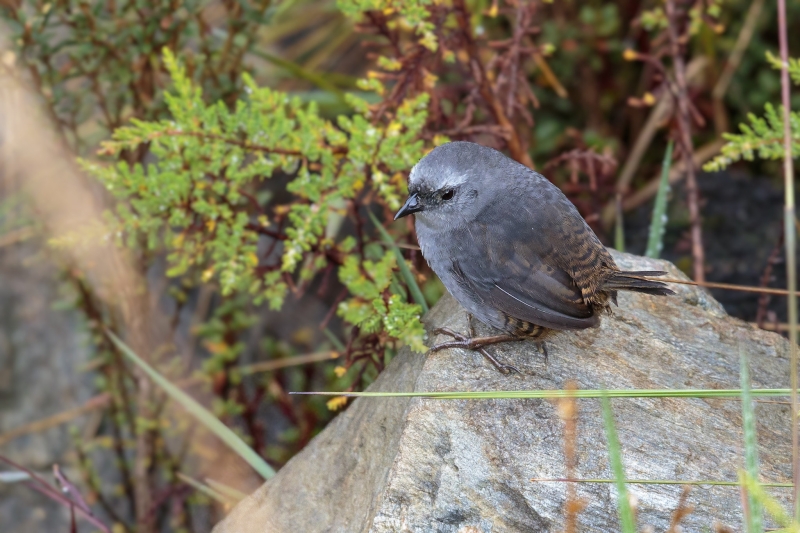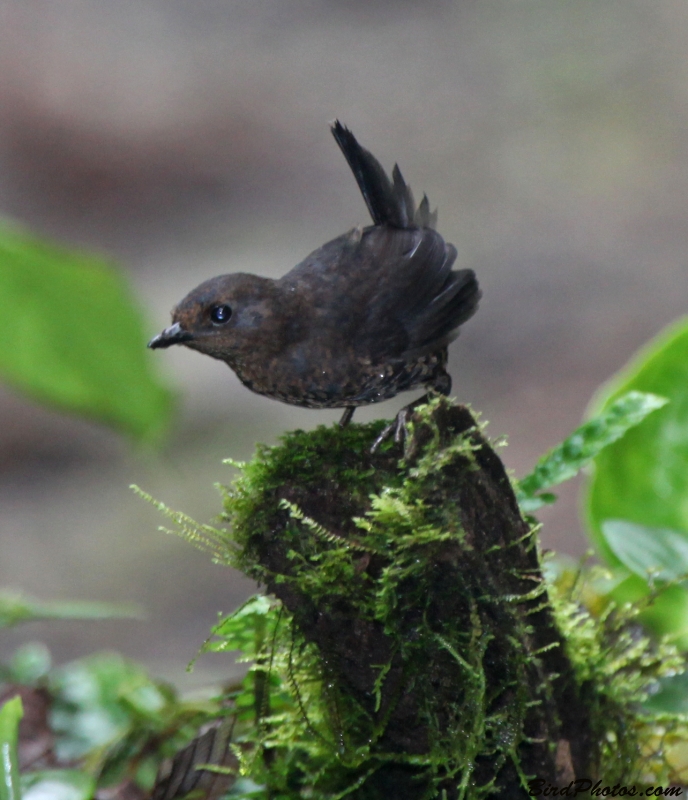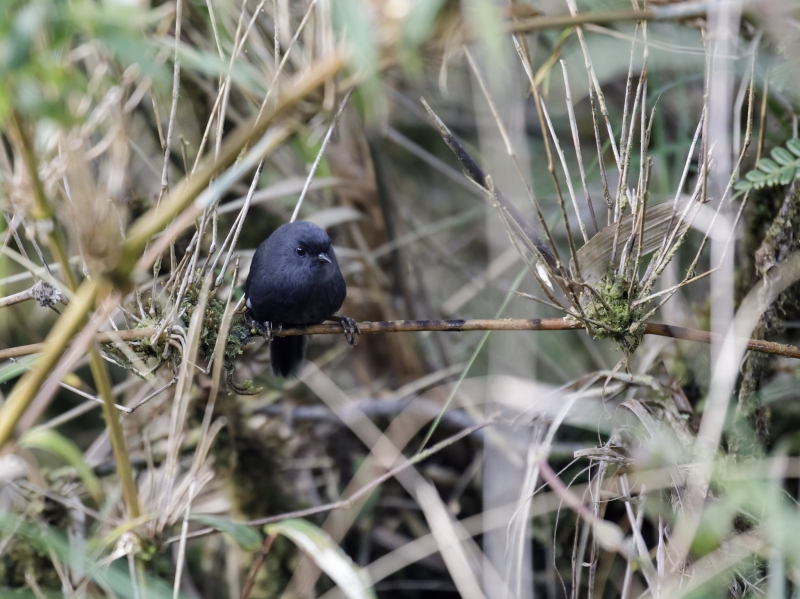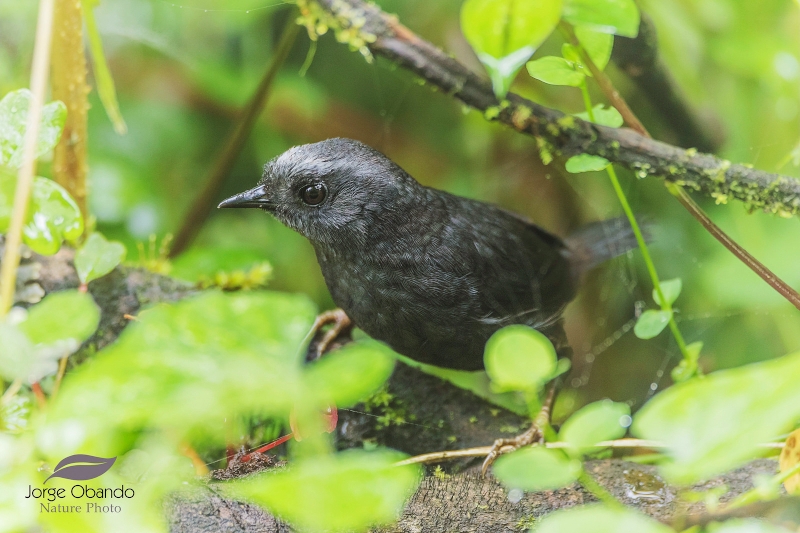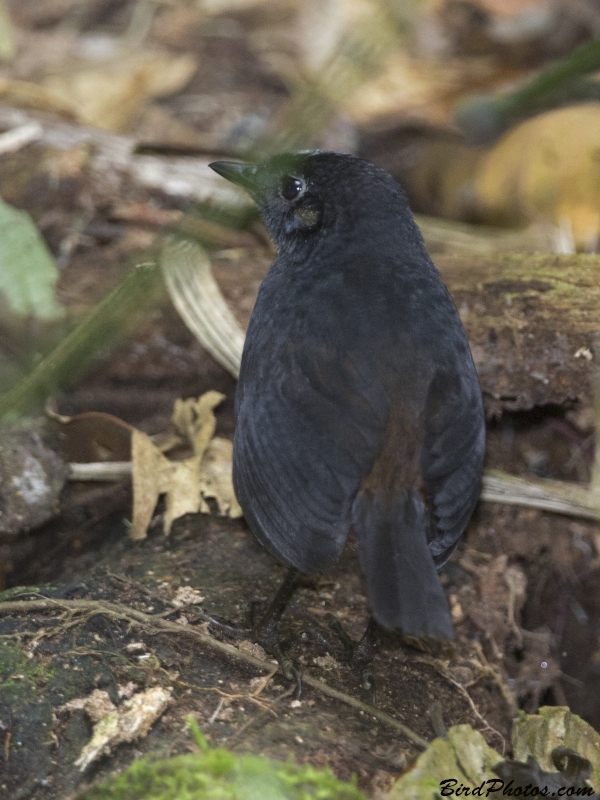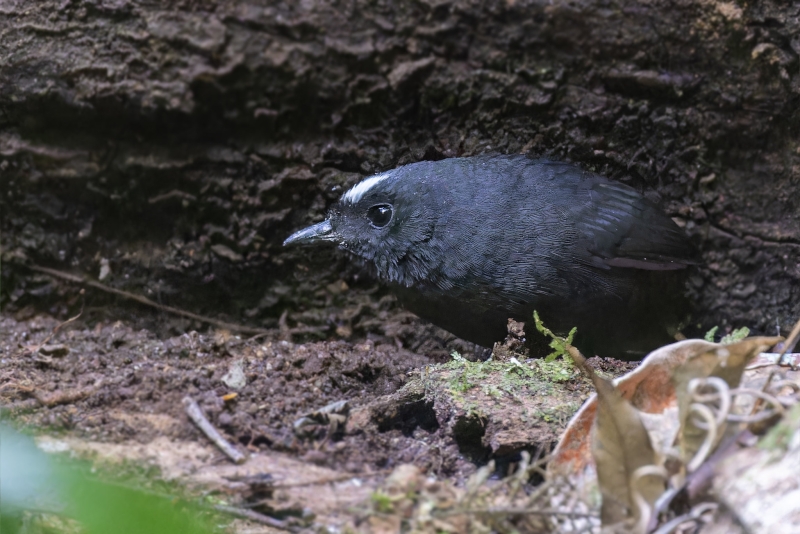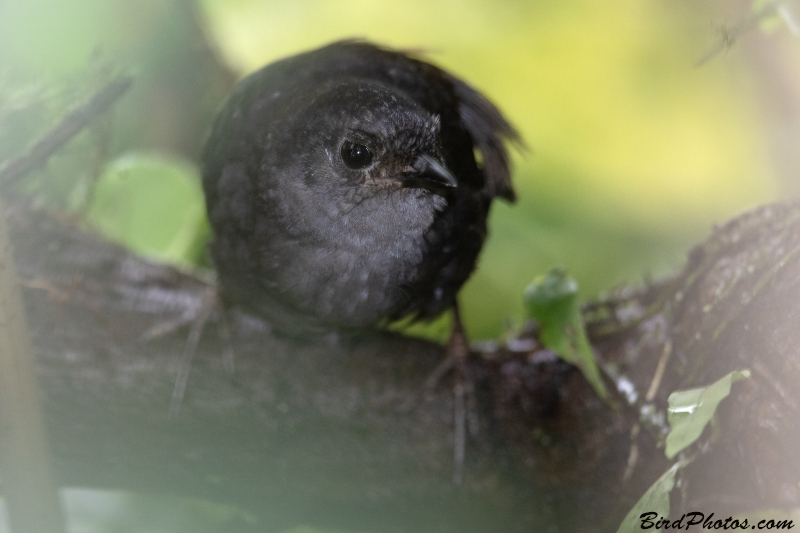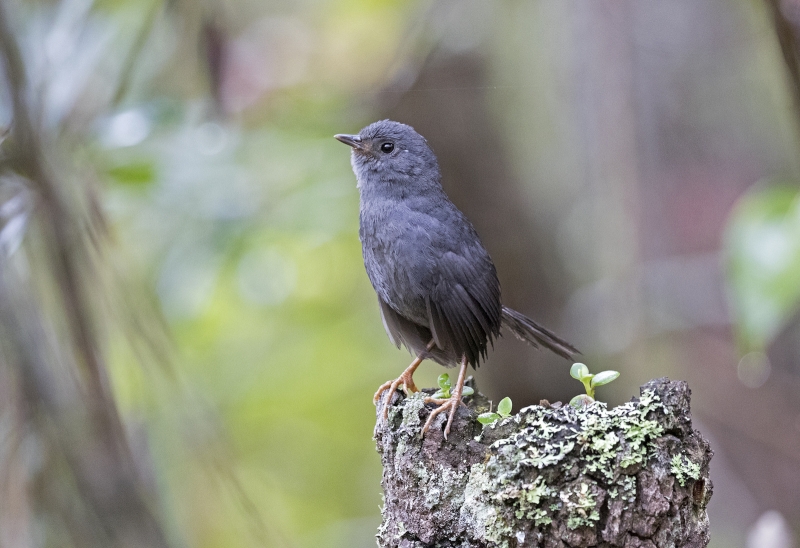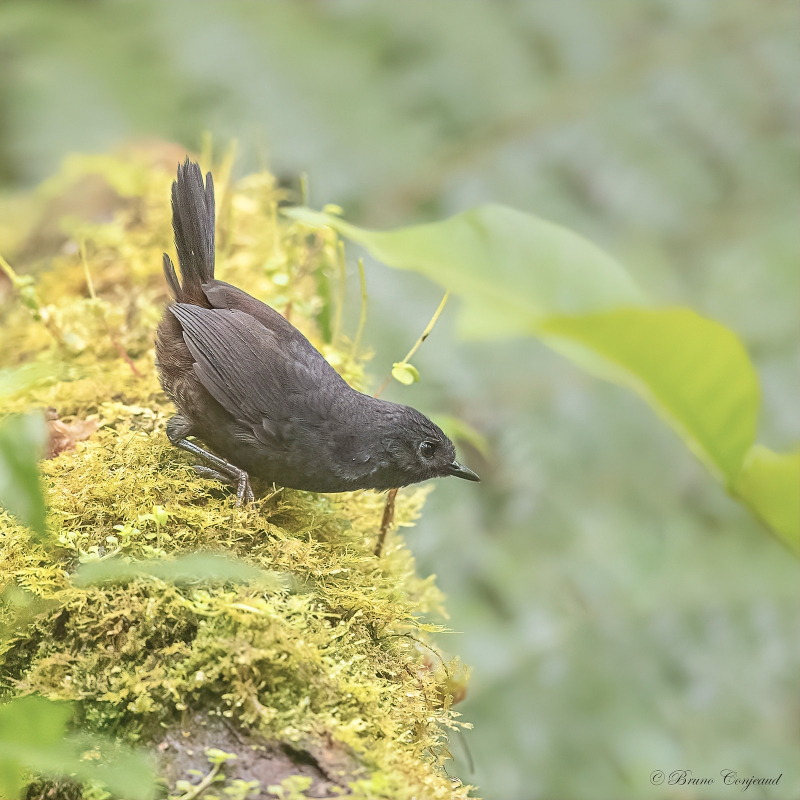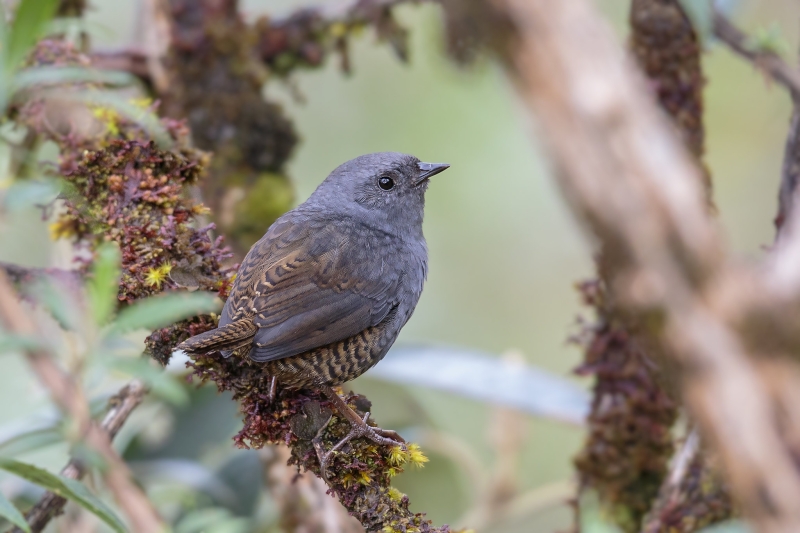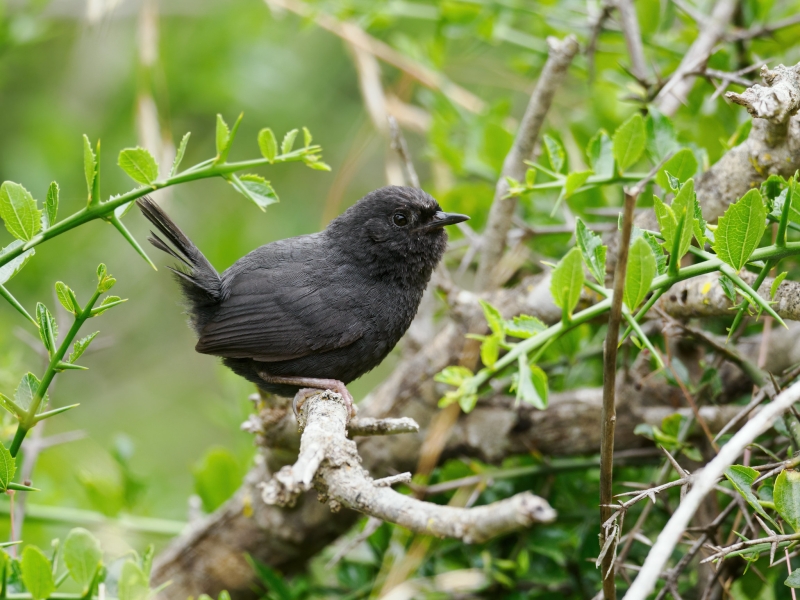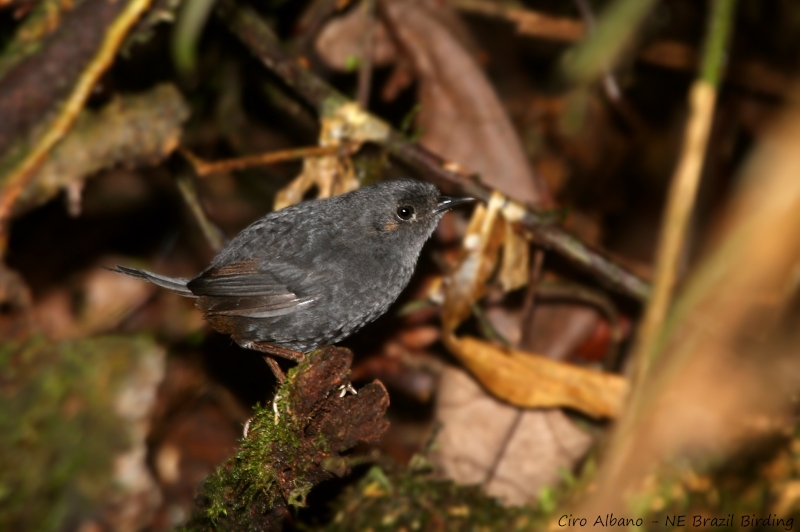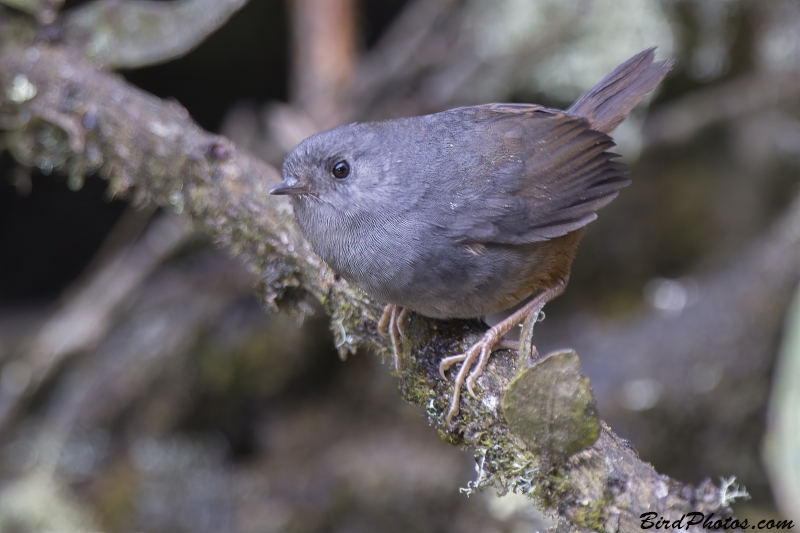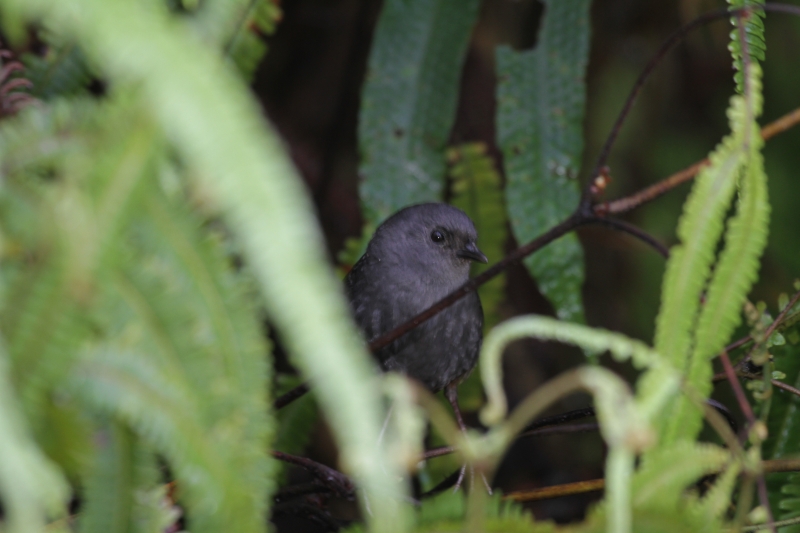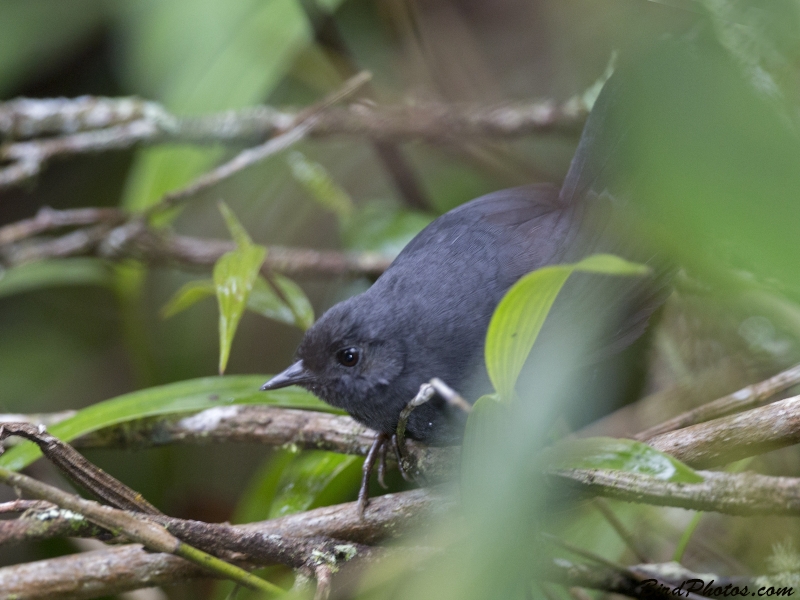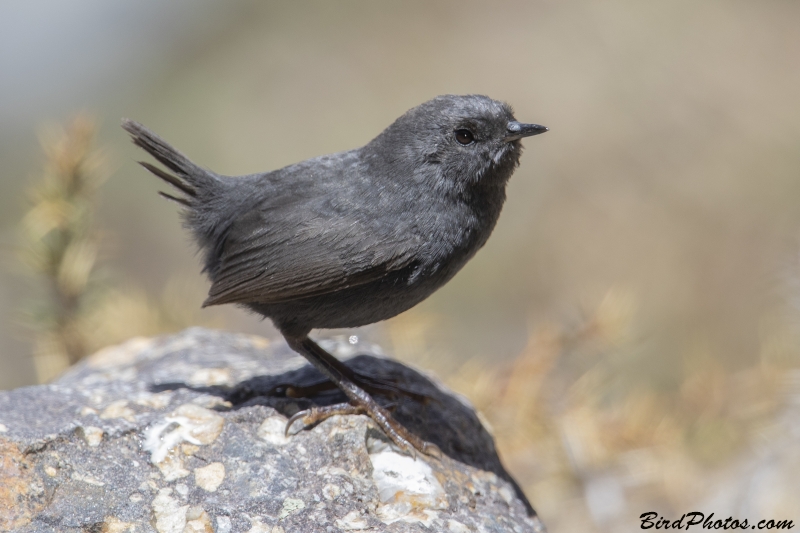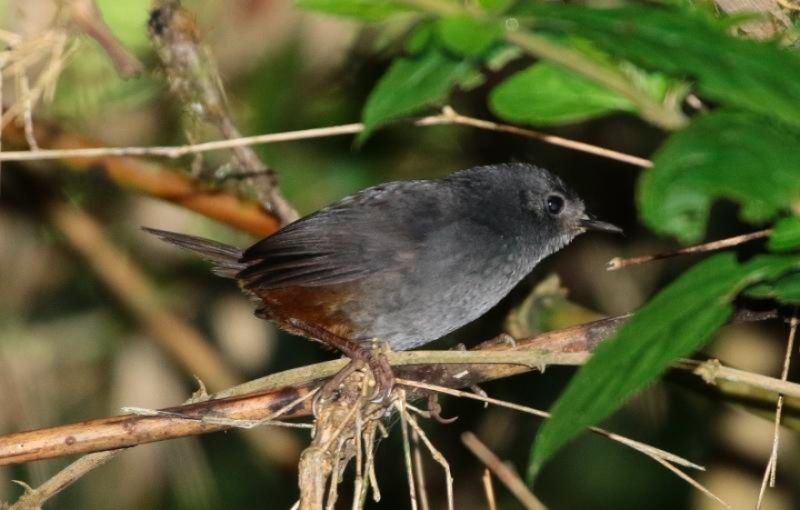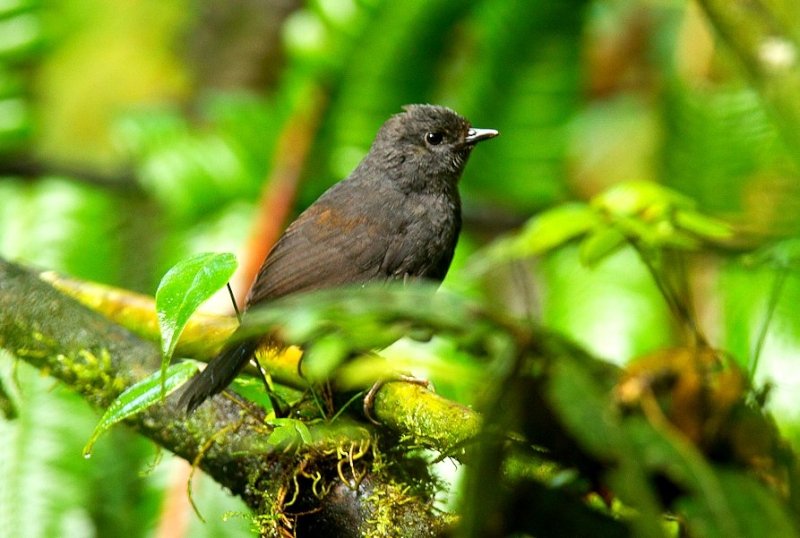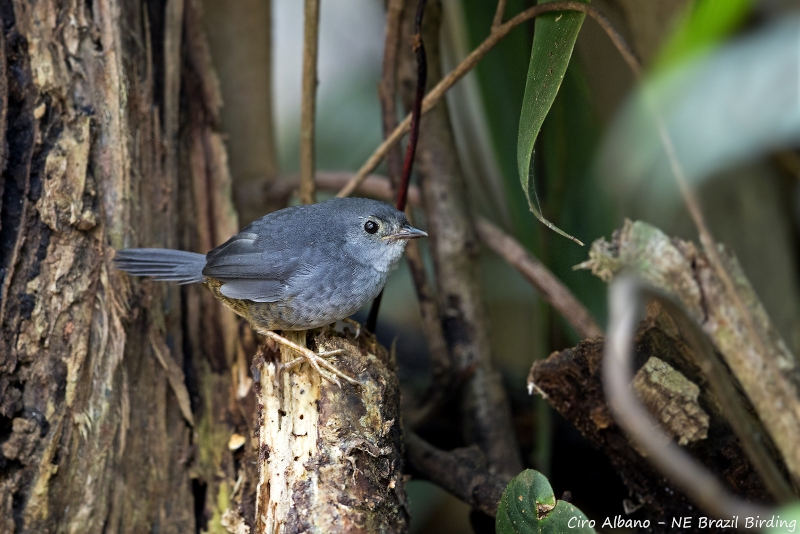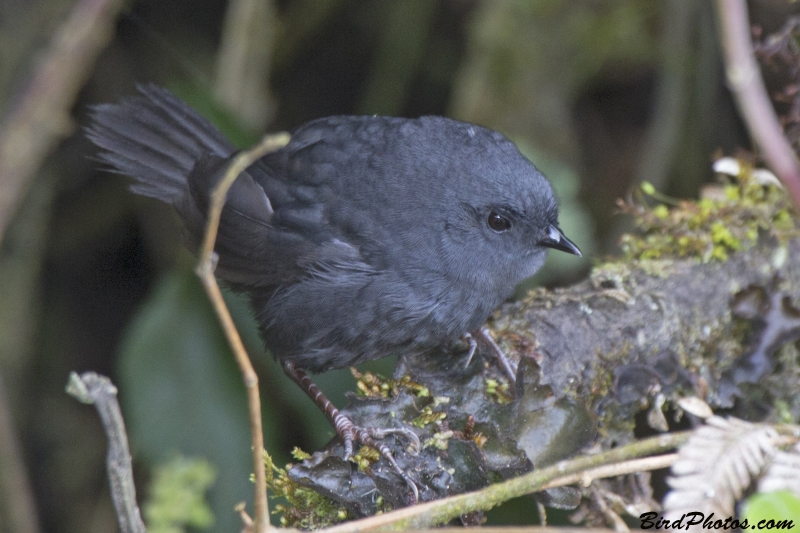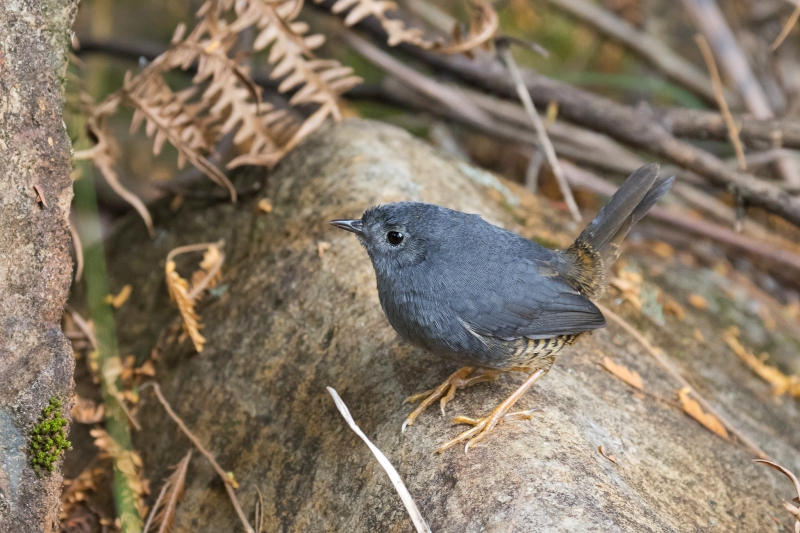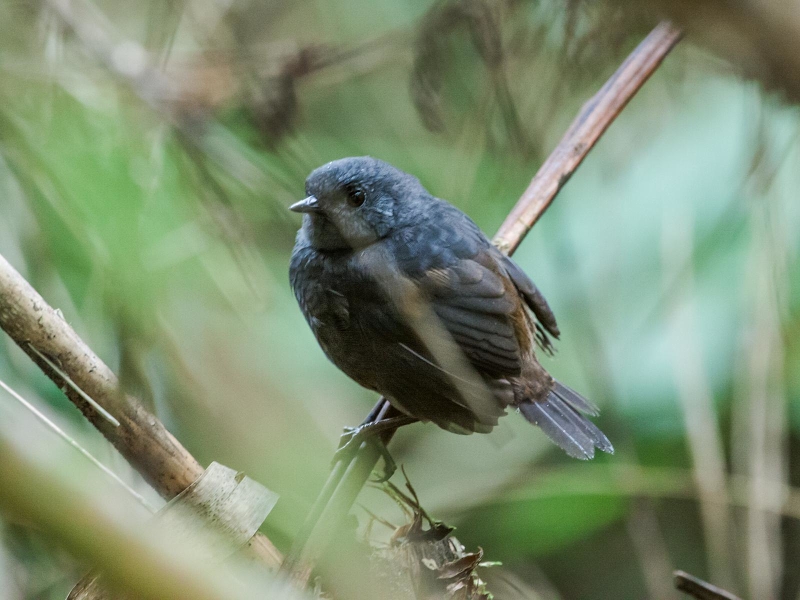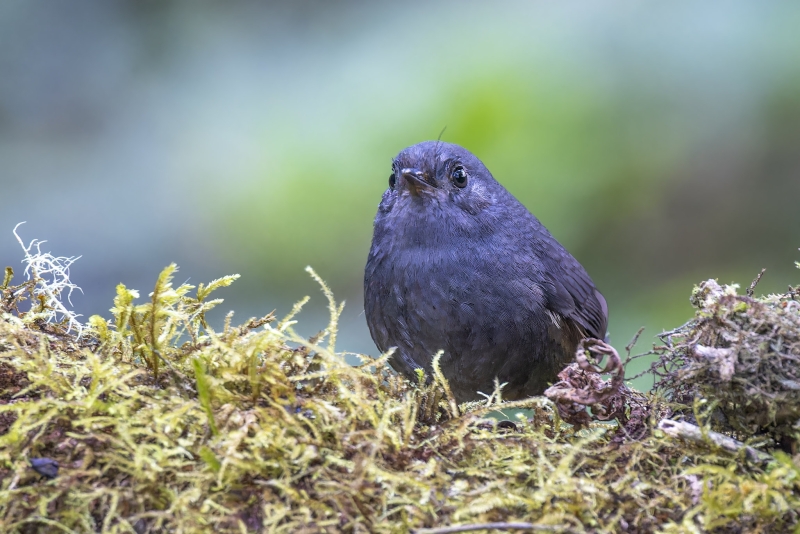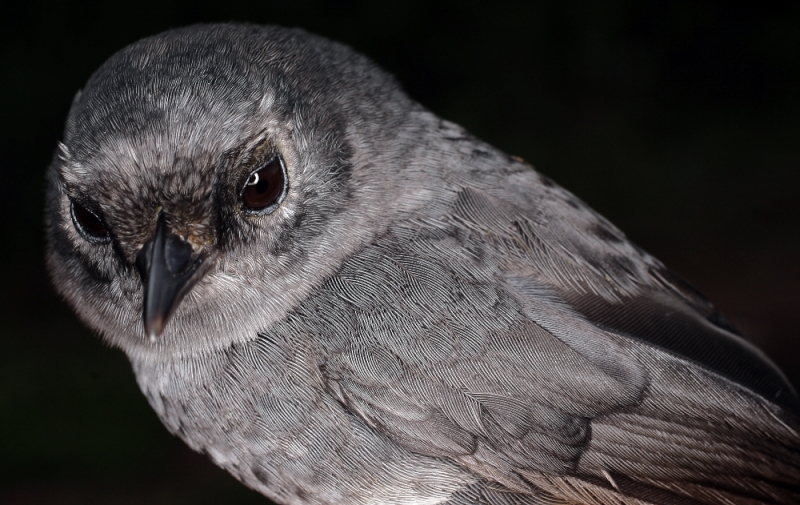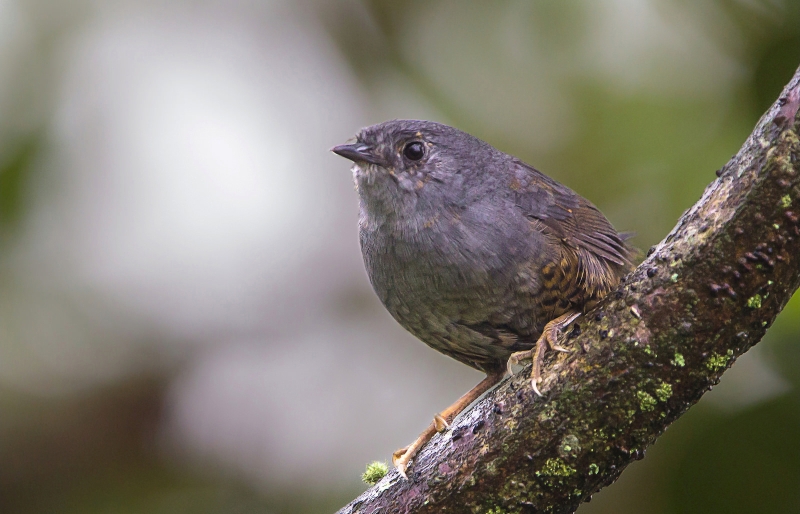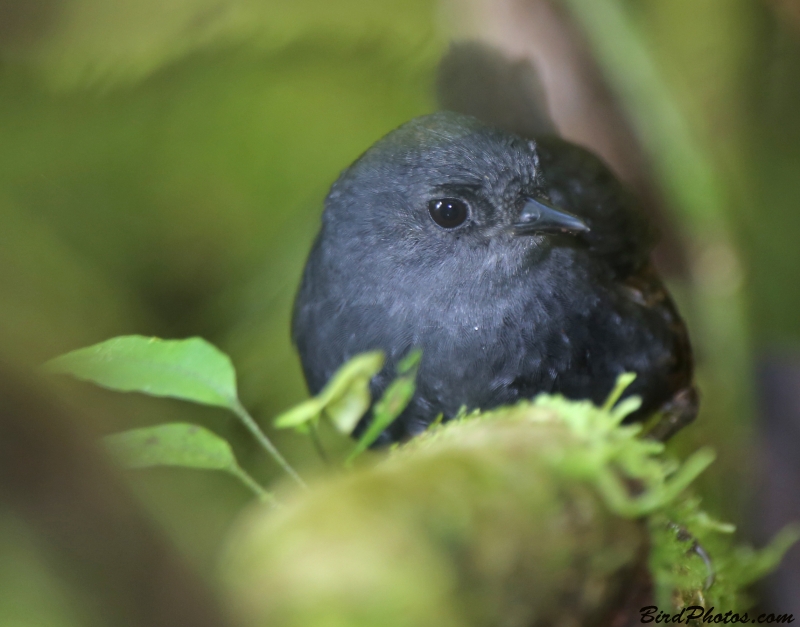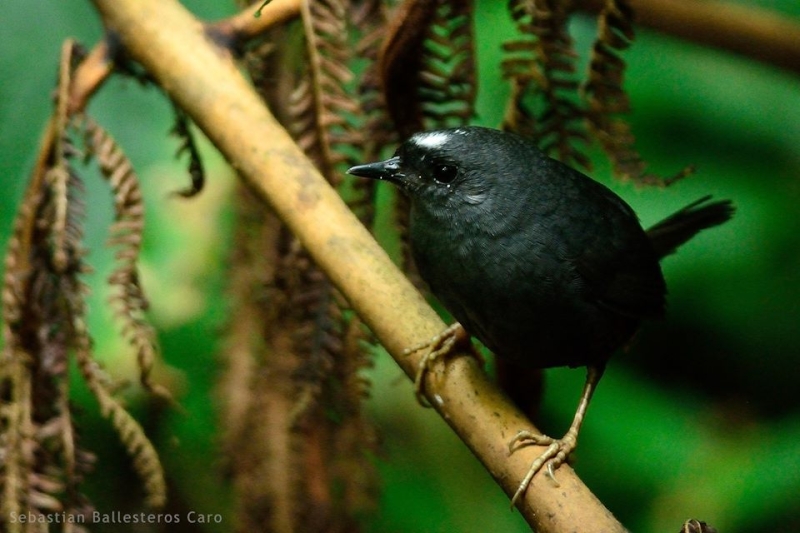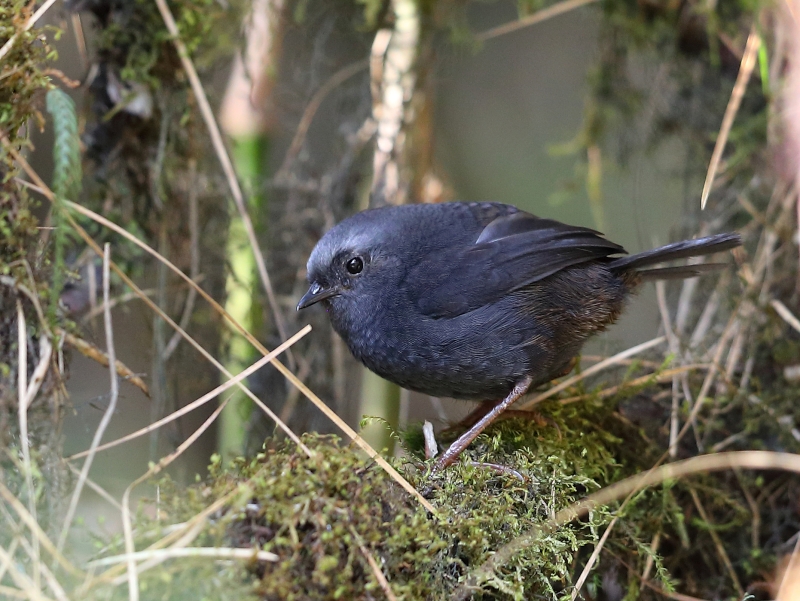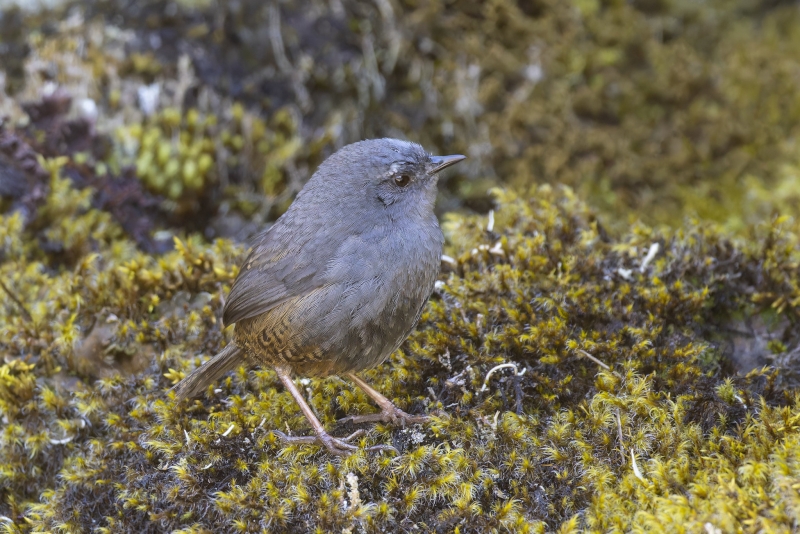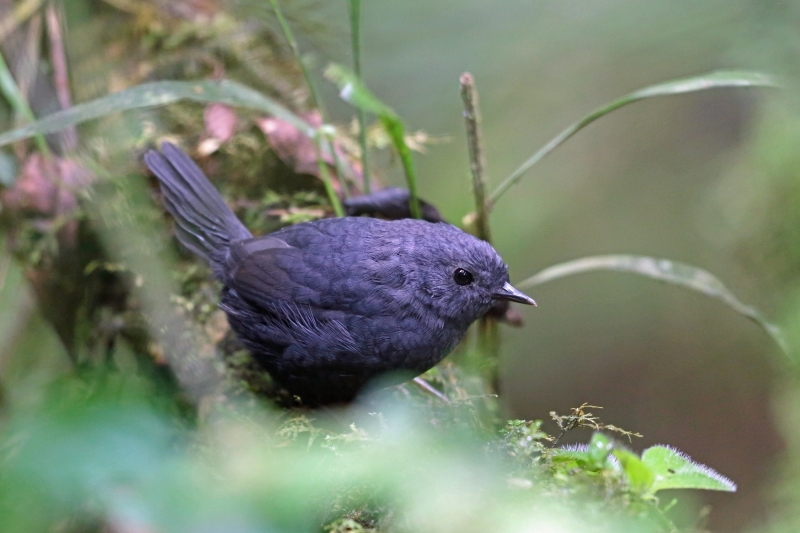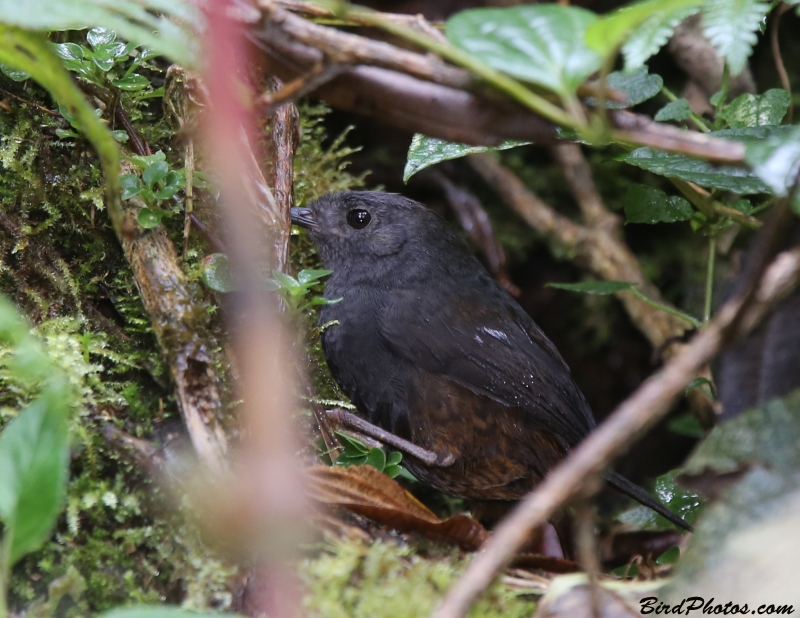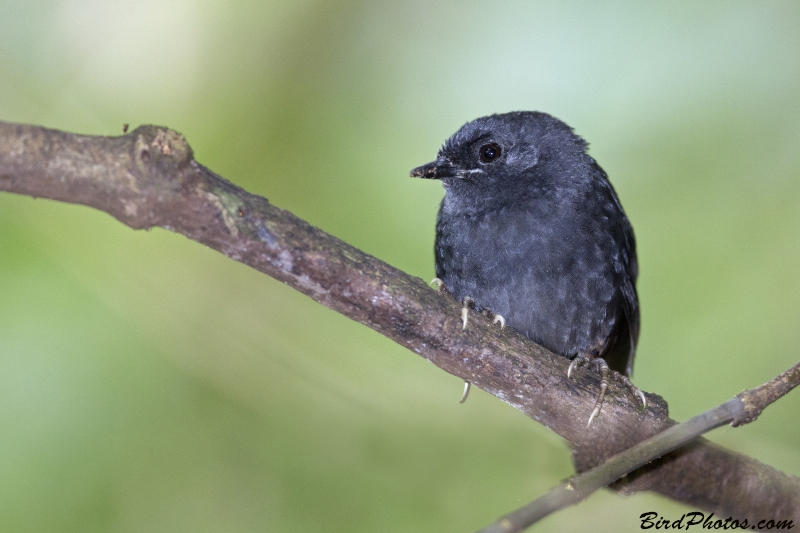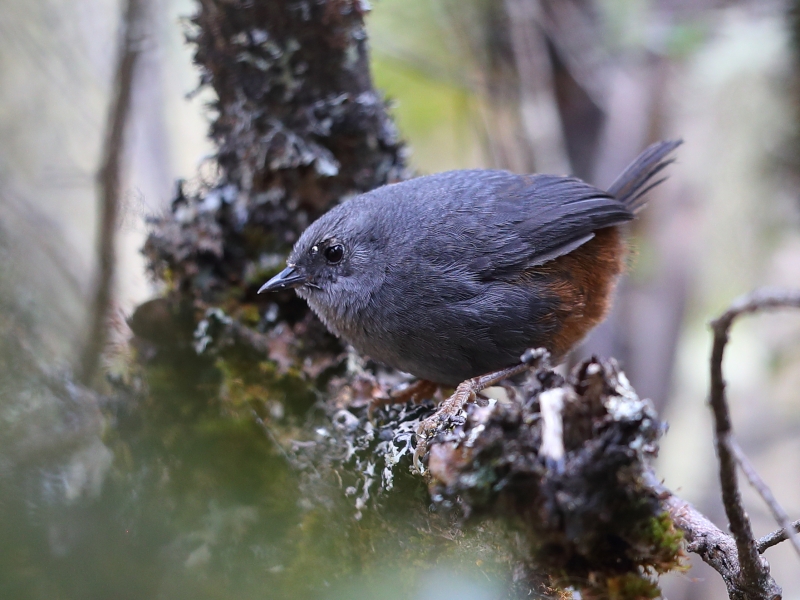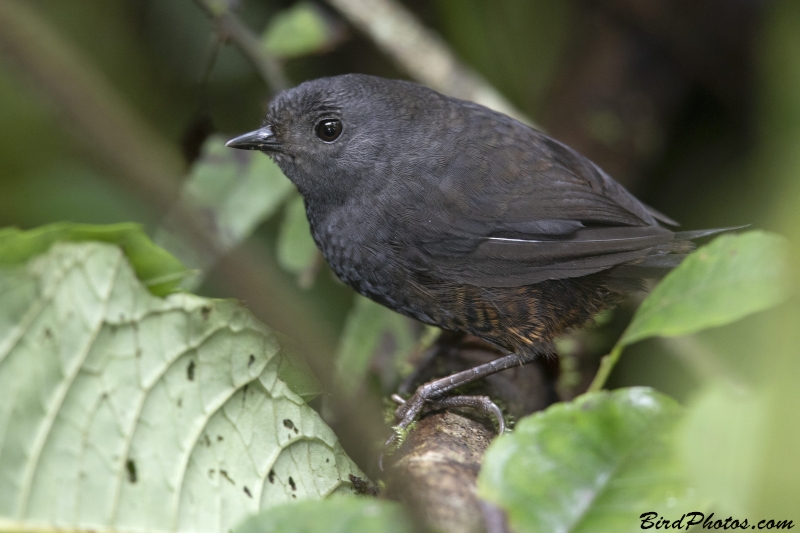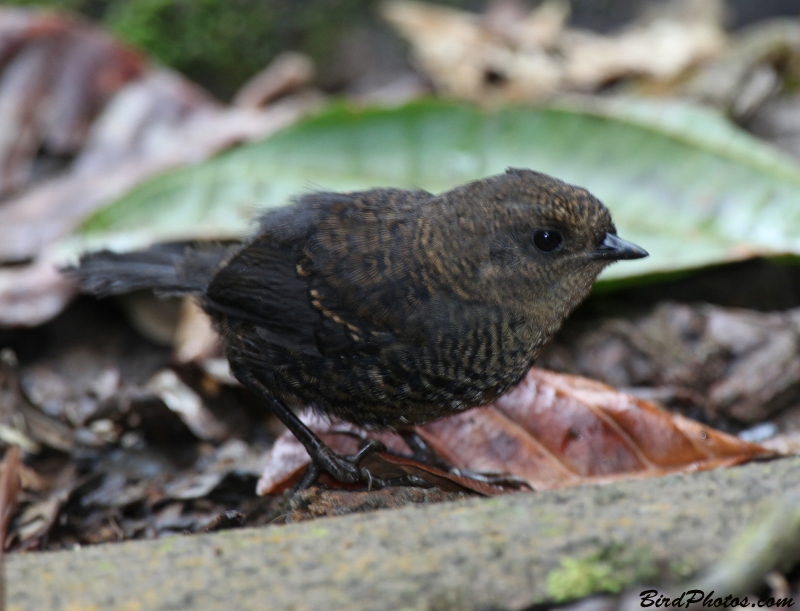| ||||||
| ||||||
| ||||||
A newly described species found in a narrow rainy corridor at around 1600m. Compare to Stiles's Tapaculo found on the other side of the Cauca Valley. | ||||||
Split from the Paramo Tapaculo in 2020 and found south from Loja, Ecuador to north Peru. | ||||||
| ||||||
A tiny bit less secretive than most tapaculos. Found from 1000-2000m in Andean forests. | ||||||
| ||||||
Split from the Paramo Tapaculo. Found only near the paramo of Urrao. | ||||
| ||||
Bad side shot. | ||||||
| ||||||
| ||||||
Described in 2020, and known from two geographically separate populations: the northern population is known from three areas in Huanuco and Pasco; the southern population is found in Junin (sci-news.com). | ||||||
| ||||||
| ||||
| ||||||
| ||||||
Split from the Blackish Tapaculo in 2020, and found in an isolated mountain range in north Peru | ||||
| ||||
Described in 2020. Found in five localities in three widely separated areas in the Central Andes of north-central Peru (sci-news.com). It inhabits wet shrub forest and upper montane forest at around 3000m. Note two or three white wing patches on primary coverts. | ||||
Found over 2000m in the Santa Marta Sierra Nevada. | ||||||
Commonly heard around 2000-3000m and with a slower more bird-like call than many other tapaculos. | ||||||
| ||||
Found at around 2500 meters above sea level along small rocky streams. | ||||||
| ||||||
| ||||||
| ||||||
| ||||||
Often found near streams (Conte). | ||||||
| ||||
| ||||||
| ||||||
A newly described species, found in the Perija mountain range. | ||||||
| ||||||
| ||||
| ||||||
Found at lower altitudes, around 1500m, than the Brown-rumped Tapaculo, Note white spot on top of head. | ||||||
| ||||||
| ||||||
| ||||||
Note long continuous call compared to the choppy Ash-colored Tapaculo. May have more rufous on flanks than other species. Found in forests from 2500m up to the paramo. | ||||||
Found around 1200-2400m in a few locations in the western Andes of Colombia, but common in those locations. For me this species sounds a lot like the other Colombian endemic on the other side of the Cauca Valley, the Tatama Tapaculo, and I wonder if they are the same species. Side view. | ||||||
| ||||
| ||||
| ||||||
| ||||||||||||
A species described in 2020 and found in the Ampay National Sanctuary. | ||||
| ||||
